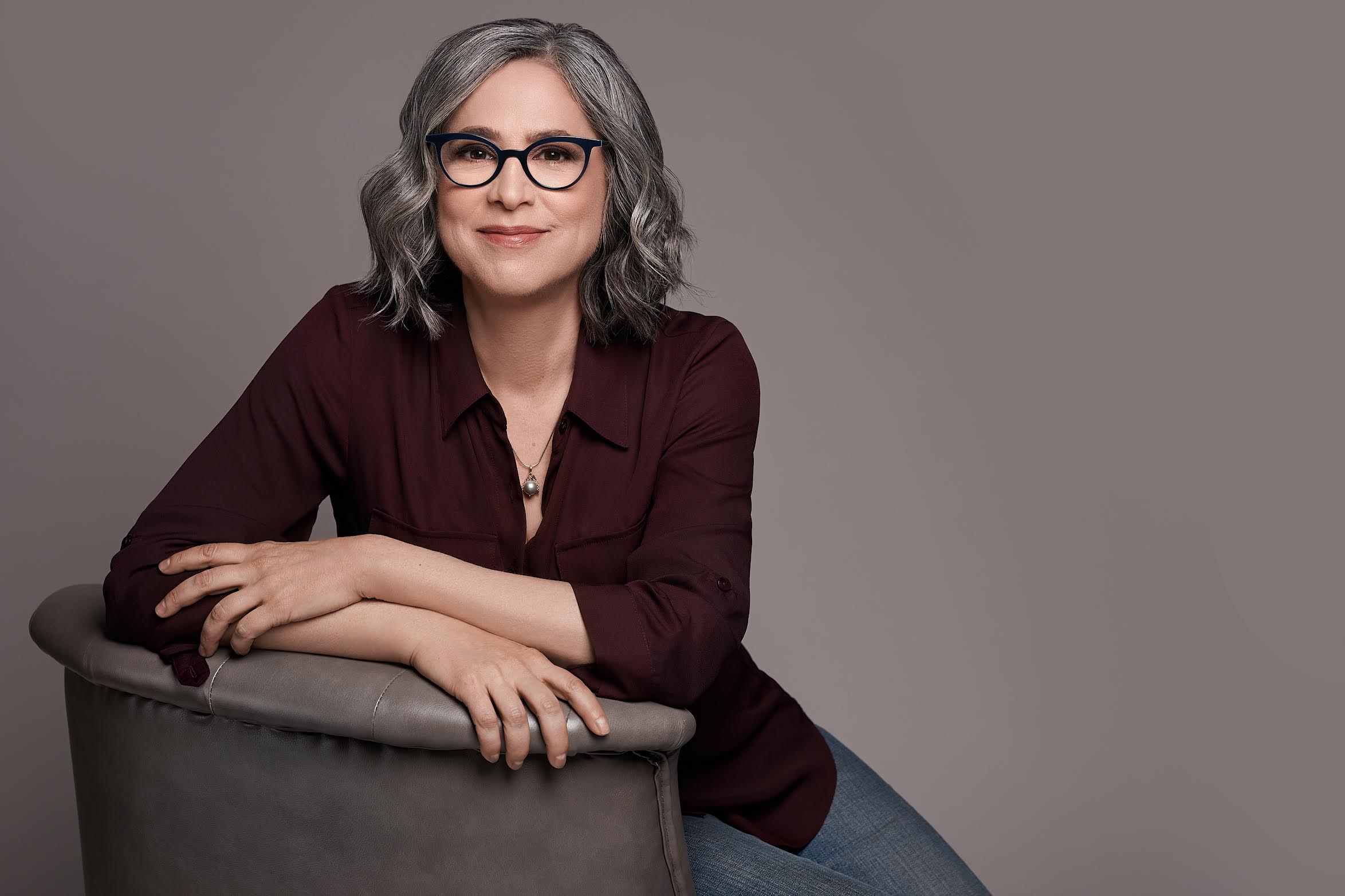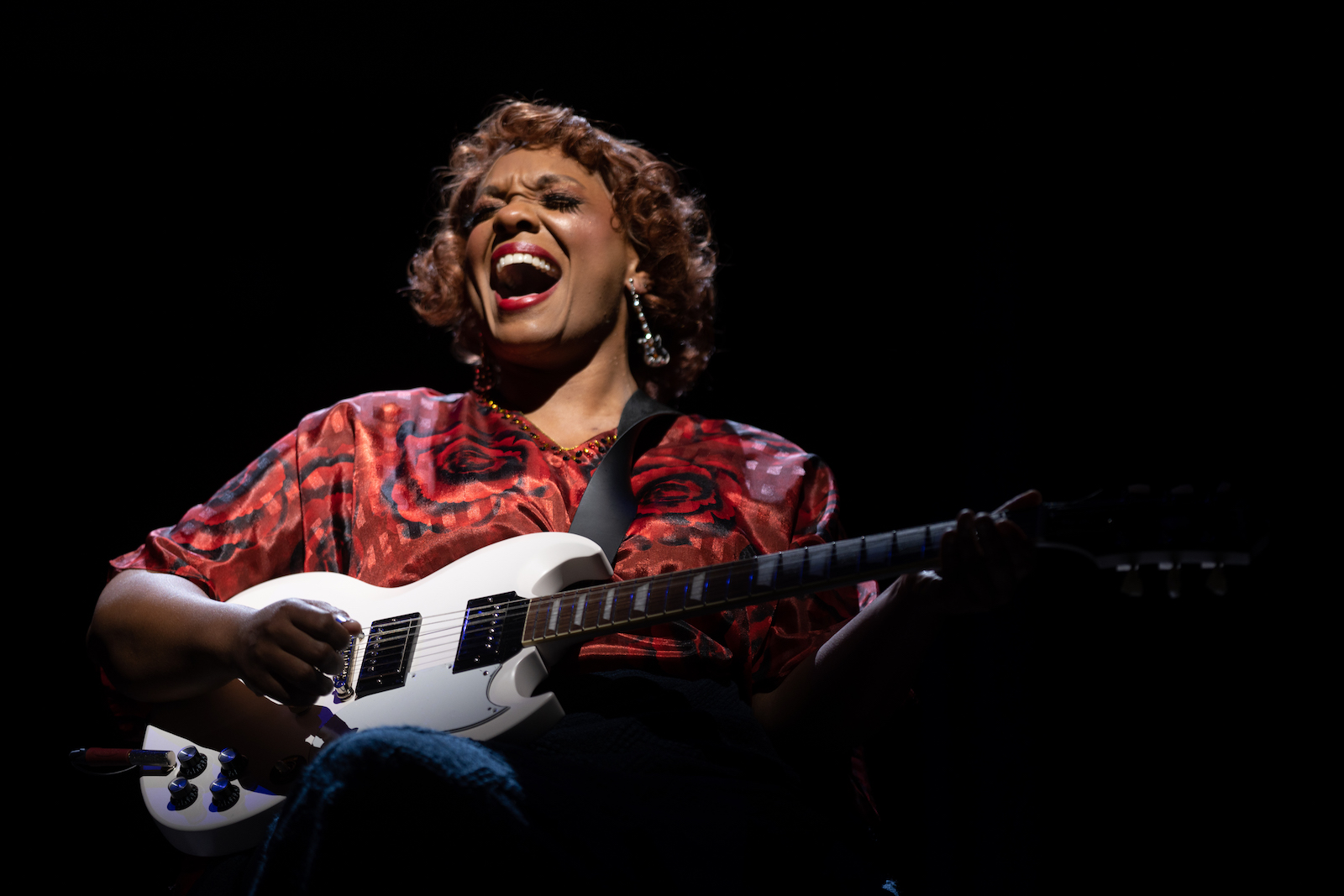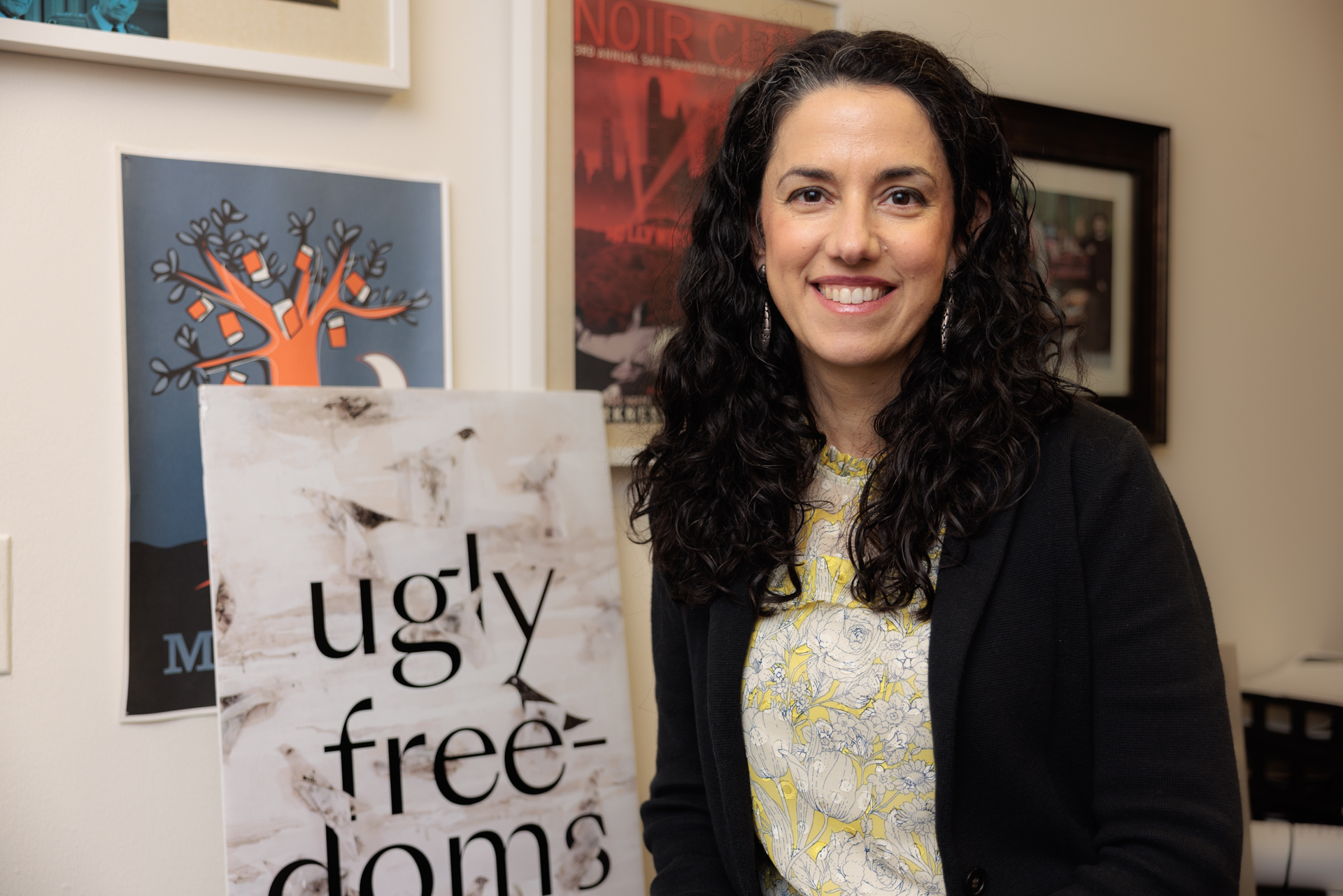In her Modern American Cultural History course, Gayle Wald draws on her talents as an interdisciplinary scholar to present George Washington University students with an extraordinary amount of material, beginning with Black women blues singers of the early 20th century and ending with the current culture wars over history and identity. Along the way, there are lessons on topics such as early movies and sound recordings, the modern Civil Rights Movement, AIDS activism in the 1980s and the digital revolution, to name just a few. There are lectures centered on the War on Terror, the Vietnam War and other defining episodes of modern U.S. history.
Wald is a professor of English and American Studies in the Columbian College of Arts and Sciences. Her course, required for American studies and history majors, gives students a vivid sense of what the time periods under discussion looked and sounded like, with sustained attention to mass culture. In a recent class on the 1950s, rock and roll songs such as Little Richard’s “Tutti Frutti” and Chuck Berry’s “Maybellene” played as students entered the classroom.
“The 20th century sees the inventions of new technologies that drive culture in profound ways, particularly phonography and cinema,” Wald said. “So, I tend to focus a lot on film and sound, because those technologies are themselves modern technologies. I think people experienced them in their time something like the way that we experience digital culture. They changed people’s perception, opened up whole new worlds and changed people’s idea of leisure. They democratized culture in a certain way.”
With sound recording, for the first time in history people could hear sounds apart from when and where they originated. Thomas Edison imagined the phonograph as a dictation device, Wald said. But playback, rather than recording, became more important.
On the subject of early cinema, Wald introduces students to the work of Black filmmaker Oscar Micheaux, whose 1920 movie “Within Our Gates” was in part a response to D.W. Griffith’s racist blockbuster “The Birth of a Nation.”
In discussing the modern Civil Rights Movement, Wald describes the use of freedom songs, illustrating how activists used popular cultural forms to communicate.
“Singing collectively was a way that people marshaled bravery and the courage to confront whatever they might confront if they were going into dangerous situations,” Wald said. “And it was a way of bringing more and more people into the struggle.”
Civil rights activists used various popular media, such as comic strips and television, to reach broad audiences.
“Most Americans learned about civil rights from television,” Wald said. “And civil rights activists were very smart about the use of television and had media strategies because they understood that if Americans saw images, for example, of police targeting children with fire hoses, that would be a way of winning popular support for civil rights.”
While television was often, with some justification, seen as a cultural wasteland, authentic and meaningful moments broke through. “Soul!,” created and hosted by Ellis Haizlip, a Black gay man, was produced by New York’s public television station for five years beginning in 1968 and gave a platform to Black luminaries such as James Baldwin, Labelle and Harry Belafonte.
Her intentions for the course are many, Wald said. She wants students to learn about history and think about various ways of understanding the 20th century.
“I want to demonstrate ways of thinking critically about culture,” Wald said. “I want students to come away with a sense that art doesn’t just reflect life. Our art also shapes life. I want them to get a sense of the importance of culture in everyday life, but also in history. By the end of this class, students will have seen a whole bunch of movies. They will have listened to all kinds of music. They will have read some plays and some novels. They will have seen two silent films. They get a real panorama of 20th-century culture.”
In a recent class session focusing on consumerism in the 1950s, Wald presented magazine and television ads for everything from Westinghouse freezers to Swanson TV dinners to Marlboro cigarettes.
“The new availability of consumer products in the 1950s changed the way Americans envisioned the good life,” Wald said.
The idea of patriotic consumption during the World War II years morphed in the subsequent decade into consumerism as a lifestyle. As the Cold War geared up, the availability of luxury products and the ability to express one’s self via the things one consumed under capitalism were contrasted with the scarcity of the Soviet world under communism.
Even then, Wald said, there were cultural critics pointing out how consumer culture creates conformity. She moved nimbly back and forth in time, encouraging students to think critically about how culture shifts. For example, she touched on how sitcoms of the 1950s such as “The Adventures of Ozzie and Harriet,” “Leave It to Beaver” and “I Love Lucy” cemented the image of the domestic housewife, but also subtly undermined it, foreshadowing the emergence in the 1960s of thinkers like Betty Friedan, who wrote of women’s dissatisfaction in the role of domestic goddess.
Early TV shows, Wald said, were basically visualized radio programs. She described radio and TV programs in those years as a way for consumers to connect with a flow of media they didn’t control, contrasted with the on-demand media environment familiar to students today.
Reports from sexologist Alfred Kinsey and others anticipated the sexual revolutions of the 1960s. With “Playboy” magazine, publisher Hugh Hefner promulgated a new kind of masculine consumer identity through a series of ads headlined “What sort of man reads ‘Playboy?’”
Sophomore history major Adam Galland said he appreciated how Wald presents cultural history not just as a series of separate events, but also shows how events relate to one another and how ideas progress through time. He especially enjoyed one of the assigned readings, an essay by Theodor Adorno and Max Horkheimer called “The Culture Industry.”
“I think it’s particularly compelling and important to learn about the evolution of culture not as something organic, but rather something that is manipulable,” Galland said. “Adorno and Horkheimer spoke of how cultural products might not be reflective of popular consensus, but can be imposed upon us.”
Julia Swanson, a junior majoring in history and political science, said she appreciated how the course readings and lectures presented figures often overlooked, such as Gertrude “Ma” Rainey and other Black women blues singers who offered early examples of sexual liberation for women.
“There are counternarratives to the mainstream history that we’re often taught,” Swanson said. “And it’s really interesting to see how our culture today has been shaped by people from marginalized groups who are often left out of dominant narratives of the culture.”





